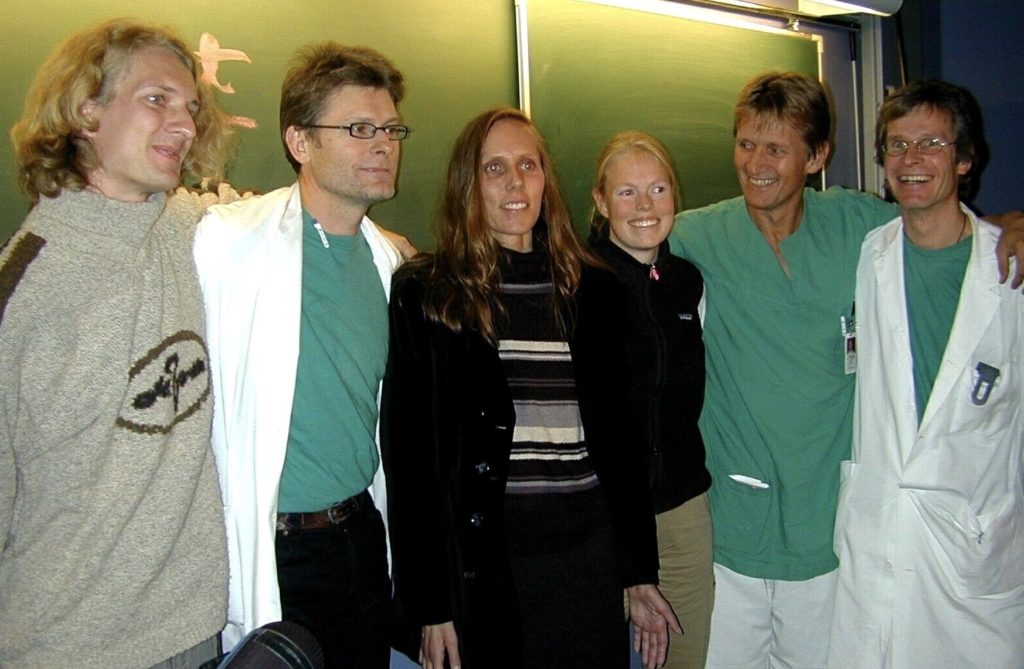On a picturesque snowcapped mountain, a celebration quickly turns to one of shock and horror
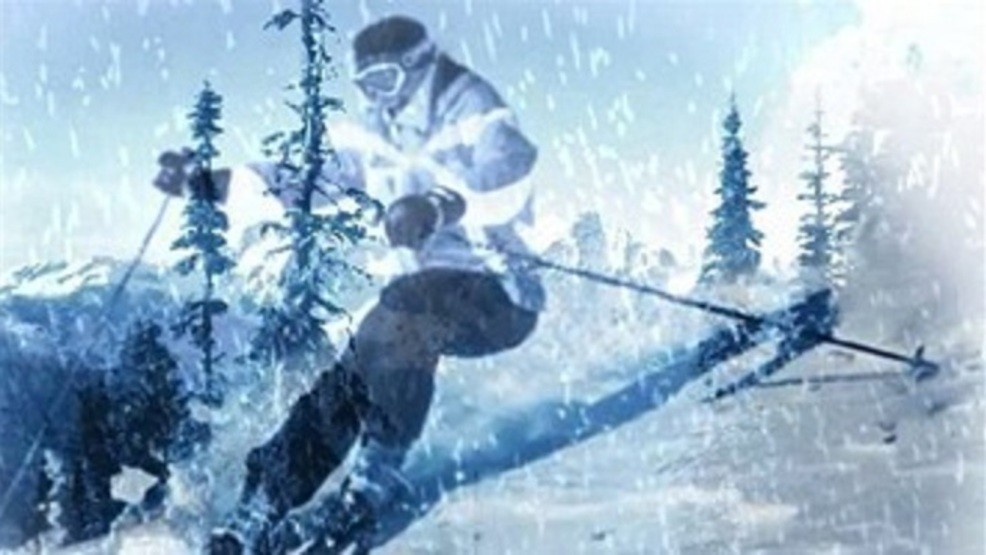
In skiing, accidents happen no matter how good the skier, no matter how many times the same piste has been skied. Some spills are easy to get up from than others, snow and bruises brushed off, and the run completed.
Other falls are worse than others, getting back up not even remotely an option.
Anna Elisabeth Johansson Bågenholm, at 29 years old, was an expert skier and was as comfortable on skis as she was in her hospital shoes. She was studying in Narvik, Norway, where in May 1998 she completed her residency to become a surgeon’s assistant, a stepping stone to her becoming a fully-fledged orthopedic surgeon.
Around that time her mentor at Narvik Hospital, Yngve Jones, was ready for retirement. A retirement party was organized for the following May in the nearby snowcapped mountains to have a short work break at the same time.
The timing couldn’t have been better and when the date rolled around Johansson and her two colleagues, Marie Falkenberg and Torvind Naesheim were the first to strap on their skis and hit the slopes.
The conditions were perfect, the air crisp, the snow all powder. Excited, they chose a slope that was very familiar to them all, reveling in the break from working brutally long hours.
Down they went, then up again, several times. It was early in the evening when Anna uncharacteristically lost control of her skis after her umpteenth time on this slope.
At first, there was nothing untoward about her landing, nothing to be worried about, even though the slip had propelled her headfirst onto a nearby frozen stream where she came to rest on her back, shaken but unhurt, unfazed.
In a split second that was all about to change.
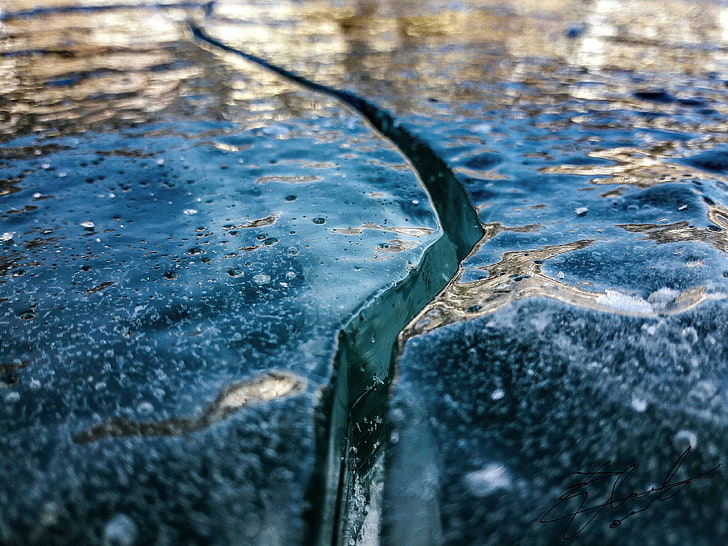
A crack appeared where she had landed heavily, spread further and before she could leap up the crack turned into a hole, ice-cold water rushing through, swamping her clothes and yanking her under.
Her colleagues, Marie Falkenberg and Torvind Naesheim, watched aghast as her head and torso disappeared beneath the thick ice in a split second, only her feet and skis remaining above the surface.
The time was 18.20.
Shaking off their shock, they rushed forward and instinctively grabbed her skis in an attempt to yank her free. That didn’t work but for the next seven minutes, they gave it their all, banging frantically on the impenetrable 8-inch-thick ice. All the while the terrified eyes of Anna stared back at them from underneath the ice, stuck fast, a pocket of air she had miraculously found keeping her alive.
After those seven minutes they had to admit defeat, the ice too thick and their friend wedged in too tightly. The emergency services were called, with the forlorn hope that they would arrive before it was too late. Time, unfortunately, was not on the submerged skier’s side, her little pocket of air getting smaller and smaller, her body getting colder and colder.
It took the rescue team, led by Ketil Singstad, around 30 minutes to ski down to where Anna was trapped, Marie and Torvind still grasping her skis, afraid to let go, afraid to let their friend go.
Anna Bågenholm was unconscious by this time, her heart stopped from the extreme cold, her face fully submerged, her eyes wide open.
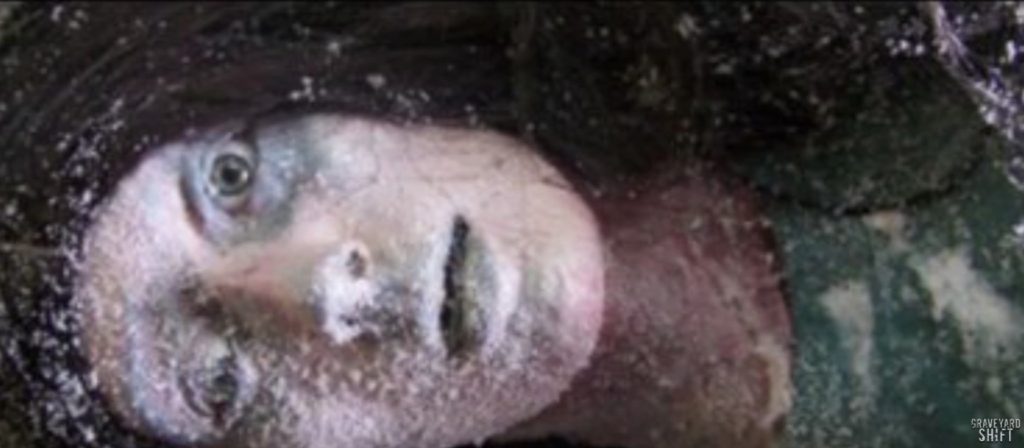
The rescue team’s efforts to pull her out with a rope failed, their efforts to dig her out failed. She was stuck too fast and the ice was too thick to break through even for the tools they had brought along. The situation was dire and the options of getting Anna out were limited.
Just then another team arrived from the bottom of the mountain with a pointed shovel capable of penetrating the frozen surface and, finally, after 80 minutes, they managed to pry her unresponsive body from her icy grave.
The time was now 19.40.
The helicopter arrived shortly after and the onboard medics performed CPR all the way to the hospital as they had been trained to do, even when there is no positive reaction from the victim. They even tried to restart her heart with a defibrillator, with no joy. For all intents and purposes, Anna Bågenholm was dead, with no pulse, no blood circulating through her system, eyes dilated, and staring blankly into the next life.
Tromsø University Hospital had been notified of the status of the incoming victim so were prepared when the helicopter landed an hour later at 21:10. Over one hundred nurses and doctors immediately leaped into action, committing themselves to bring Anna back from her frozen state, her hyperthermic body temperature horrifying low at 13.7 °C.
The hospital professionals were keenly aware that they faced a near-impossible task, yet for the following nine hours in the operating theatre they all took shifts draining icy blood from her body into a cardiopulmonary bypass machine, warming it up, then pumping it back into her veins.
A faint heartbeat was detected at 22.15 but it wasn’t until 0.49 that her body temperature rose to 36.4 °C along with the hopes of the doctors and nurses. Those hopes took a downturn a few hours later when her lungs deteriorated dramatically. At this stage they had administered all the care that they were capable of, there was nothing more they could do, and Anna had to be placed on a ventilator. Any further recovery depended on the skier’s will to live.
It took 10 days of constant care and supervision before Anna miraculously opened her eyes. It took another 25 days before she could be taken off the ventilator, but she wasn’t out of the woods yet. She was paralyzed from the neck down, saved from the icy stream but her body was frozen in place.
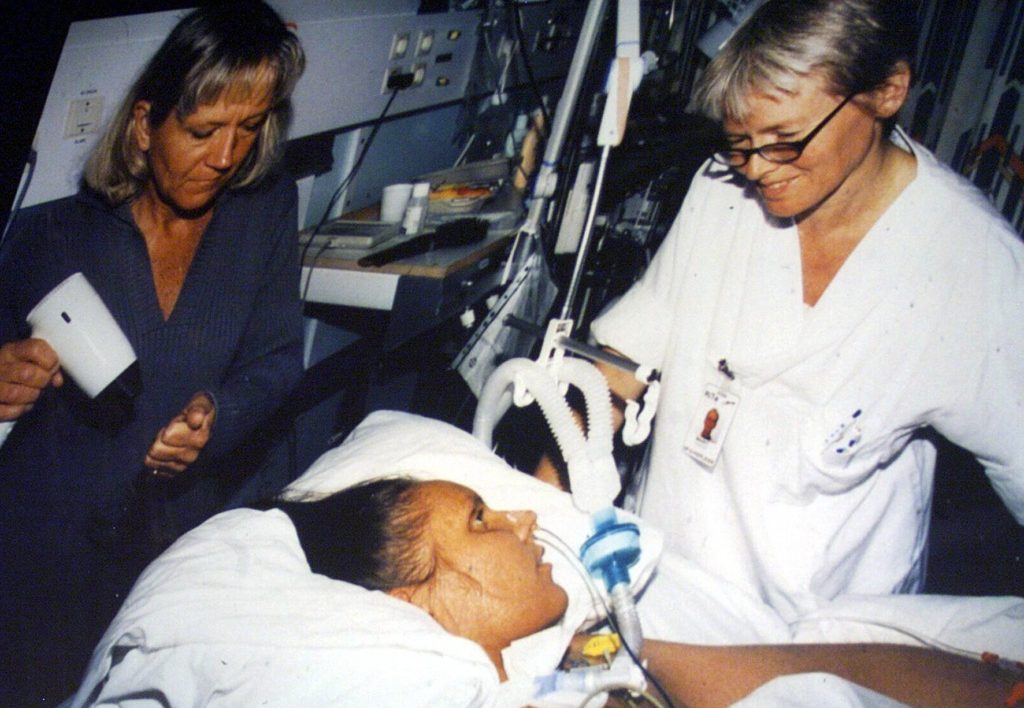
For such an active person, this was a worst-case scenario, trapped in her own body, any further dreams of skiing a distant fantasy, and she railed against everyone who had fought to bring her back from the brink.
Fortunately, the paralysis was short-lived, ebbing away, and over the next two months, she recovered sufficiently enough to be moved from the Norwegian hospital to a recovery unit in Sweden. Once there she continued her treatment, slowly, painfully, until she was deemed fit to return to work and her life.
It was a record-breaking minor miracle that Anna Bågenholm had survived being submerged for such an extended amount of time underwater, near frozen in the stream, with no pulse, and realistically no chance of survival.
Her accident and subsequent recovery became a study case for the medical industry, mainly because previous victims with higher body temperatures and less submersion time, hadn’t survived for very long after resuscitation.
Anna Bågenholm’s recovery was attributed to the fact that she had stopped breathing after the temperature of her body was already extremely low. That had caused her metabolism to slow right down, and consequently, her brain and body tissues required hardly any oxygen to avoid cellular decay.
On a scientific level, that was entirely plausible. But Anna knew that despite all the medical analysis, or the articles in The Lancet, the reason she survived the incident was because of Dr. Mads Gilbert and his team at Tromsø University Hospital and their never-say-die attitude.
